Gardening: What to look for when seeking the perfect live Christmas tree
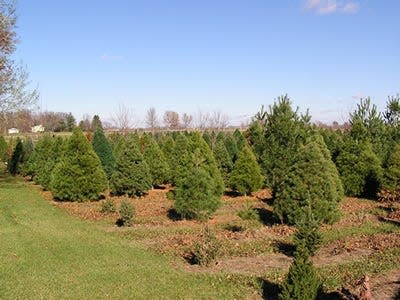
The Thanksgiving Day dinner leftovers are just about gone, another Ohio State-Michigan game is in the books, and December arrives this week, so it must be time to start hunting for the perfect live Christmas tree for your family. While it is too early to put up a live tree indoors if you expect it remain fresh and retain its needles through New Year’s Day, it’s not too early to determine what type of live tree will be best for your family and begin the hunt for a memorable tree.
Benefits of live trees
Purchasing a live tree every year may be more expensive over time than displaying an artificial tree each year, but live trees are more environmentally friendly than artificial trees, which at the end of their useful lives, will spend hundreds of years in a landfill. Live trees preserve wildlife and beneficial insect habitats, reduce soil erosion, sequester carbon in the soil in which they are grown, and purify the air. Live trees are biodegradable and can add organic matter to soil when they are recycled through chipping or composting.
Safety first:Buying a real Christmas tree this year? Here are some fire prevention tips to help keep you safe
Trees grown locally are usually fresher and less expensive than trees shipped from a distance, and there are a variety of Christmas tree farms to visit in central Ohio.
Species of Christmas trees
There are many different species of trees grown for use as Christmas trees. Let’s take a look at some of the most popular species along with the characteristics which make them suitable for holiday decorating indoors.
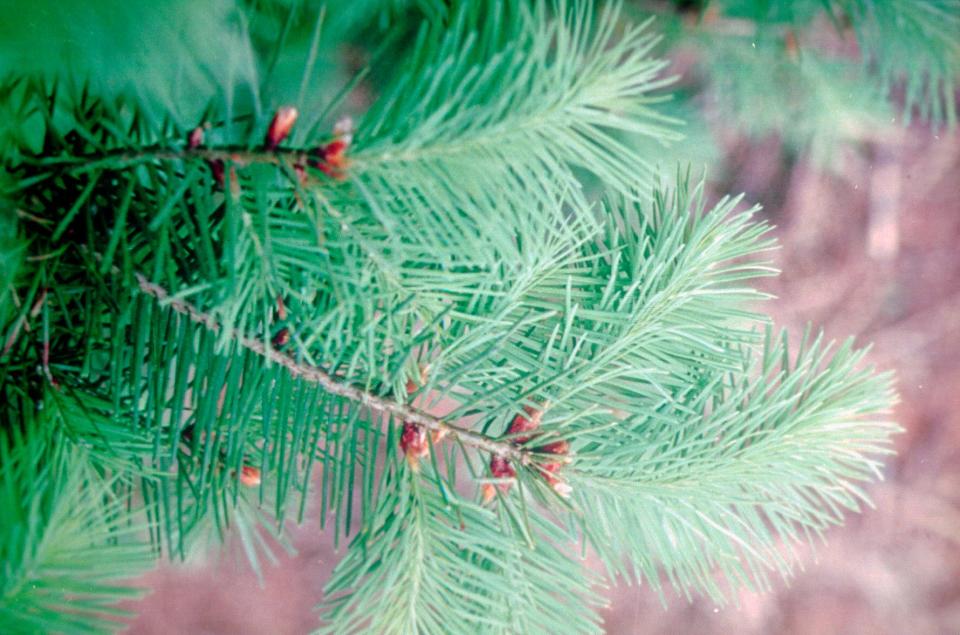
Douglas firs have soft, flat, blue-green needles that are attached singly to the stem. Their naturally symmetrical growth habit yields a full, attractive Christmas tree, and their reputation for good needle retention makes Douglas fir one of the most popular species to invite home for the holidays. The branches are moderately stiff and may not be suitable for the heaviest ornaments. Best of all, Douglas fir has a sweet, citrusy scent that most people enjoy.
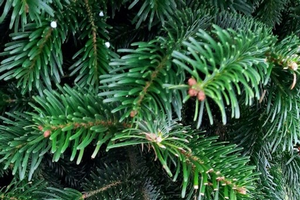
Frasier and balsam firs have soft, flat, dark green needles marked by silver bands on the undersides. They are thicker than Douglas fir needles and are also attached singly to the stem. Their overall growth habit is a bit stiffer than that of a Douglas fir, but quite attractive, and they also win praise for good needle retention. Their branches are moderately stiff and may not be suitable for the heaviest ornaments. The spicy, long-lasting fragrance makes Frasier and balsam firs holiday favorites.
Handle with care:How to find and care for a real, live Christmas tree
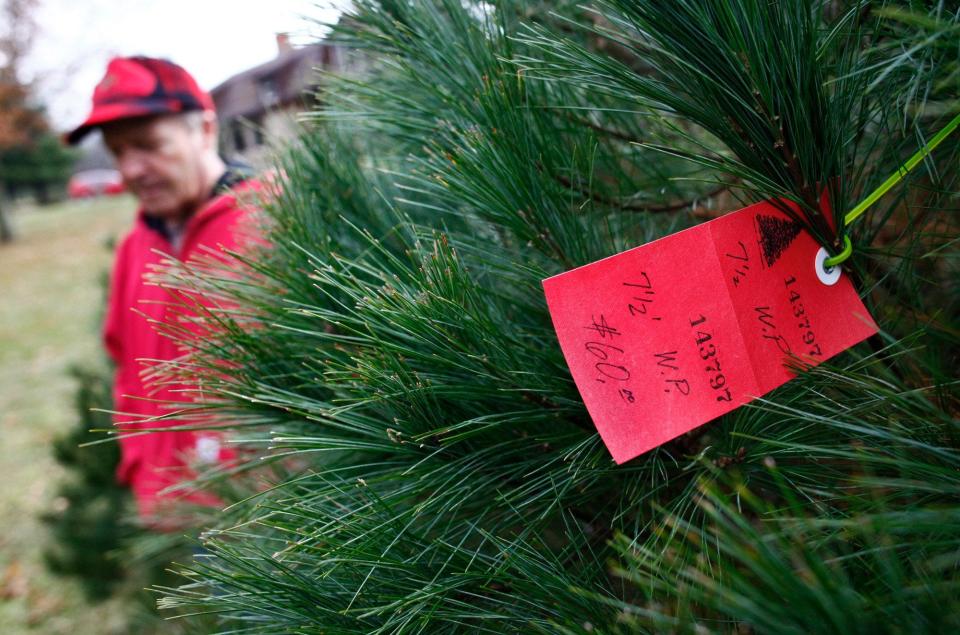
White and Scotch pines have needles bundled into groups of five (white pine) or two (Scotch pine). They are tightly sheared when grown as Christmas trees to create a dense, full shape. Both are popular, traditional Christmas trees with good reputations for needle retention. The branches of Scotch pine are quite strong and will hold heavy ornaments with ease, while white pine branches are more flexible and may not support the heaviest ornaments. Both will fill a room with a clean, pine fragrance.
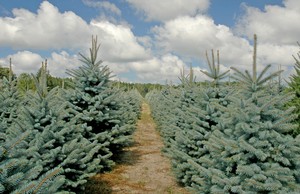
Colorado blue spruce trees have sharp, square needles that are attached singly to the stem. Valued for their blue-green to silvery blue color, Colorado blue spruce has recently gained popularity as a Christmas tree. They tend to have a symmetrical growth habit with very sturdy branches that easily hold the heaviest ornaments. They hold their needles moderately well, but only if care is taken to make sure they never run out of water. Once they dry out even once, many needles will fall. Another drawback is that their needles are very sharp, which may be a concern for families with small children in the house.
Selecting the perfect tree
Before you leave the house to hunt for your family’s tree, note the size and height of the area where you will display the tree. This is important because trees standing in a field or displayed in a barn or on an outside lot often appear smaller because of the open environment.
Gardening: Make your home decor merry and bright by adding some holiday flowers
If you cut the tree yourself at a Christmas tree farm, you know it is fresh, but when choosing a pre-cut tree, follow these selection guidelines:
Purchase early in the season so you can put it into water closer to the time it was cut.
Examine the trunk for splits that may indicate it dried to a point where the tree no longer takes up water.
Make sure the base of the trunk is straight for placement in the tree stand.
Look for a tree with healthy, green needles and as little browning as possible.
Run your hand along a branch, checking for fresh and flexible needles that do not fall off.
Store tree in a cool location
When you bring your tree home, store it in a cool, dry location until you are ready to bring it indoors for setup. An unheated garage or covered porch are the perfect locations to store your tree. Be sure to place the bottom of the tree trunk in water and replenish the water as needed. With proper care, most trees will retain their needles and remain fresh inside the home for no more than two weeks, so don’t jump the gun and set up the tree too early.
Mike Hogan is Extension educator, Agriculture and Natural Resources, and associate professor with The Ohio State University Extension.
This article originally appeared on The Columbus Dispatch: How to choose the right live Christmas tree for your home

